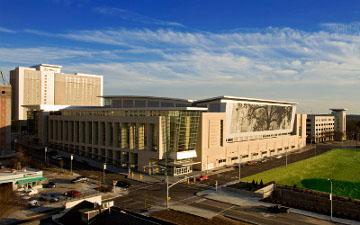
Higher-Order Computational Methods for Modeling Transport in Porous Media
Rohan Panchadhara, Laurent White
Multi-phase flow and transport in porous media are governed by disparate coupled nonlinear equations. While the pressure equation is parabolic, the phase compositions (water, oil, gas) are modeled by strongly hyperbolic advection-diffusion equations. The coupled system of equations are generally solved collectively with thermodynamic constraints and constitutive relations. Solution to these equations for realistic cases is further complicated by heterogeneous material properties of the porous media, which are often anisotropic and discontinuous. Many industrial applications in the area of chemical, geothermal, petroleum and metallurgical engineering require the solution of the aforementioned transport problem. These include oil production, groundwater contamination by hazardous wastes, packed bed chemical reactors, and manufacturing of polymer composite components in the aerospace and automotive industries.
In particular, reservoir simulators, which solve for the transport of hydrocarbons in porous media, are essential to the energy industry to predict production and total recovery of oil. These simulation engines are routinely used to help make critical business decisions regarding enhanced oil recovery strategies that ultimately determine the companies’ profitability and reserves. Most current reservoir simulators are largely based on first-order, two-point flux approximation, finite-volume methods on regular structured grids. For the problems of interest, these methods are known to give inaccurate predictions in the presence of sharp fronts. Also, although it is well understood that the pressure and transport fields vary on different spatial and temporal scales, most conventional reservoir simulators still apply the same discretization to both. As a consequence, numerical diffusion errors are commonly introduced in the advected fields. For real-world applications, such as oil recovery using steam, CO2, or cyclic solvent injection, the numerical accuracy and computation time could be improved with new numerical approaches.
The primary focus of the mini-symposium will be to expose the audience to novel higher order numerical techniques with application to flow and transport in heterogeneous porous media. These numerical schemes can be based on finite volumes, mixed finite elements, the discontinuous Galerkin method, and meshless methods. Particular emphasis will be given to those numerical techniques that (1) can accurately resolve sharp fronts in the transport fields, (2) are efficient, (3) can comply with complex geometries and (4) show good parallel scalability. Additional consideration will be given to approaches that deal with monotonicity-preserving limiters and the resolution of thermodynamics equilibria in the context of higher-order approximations










